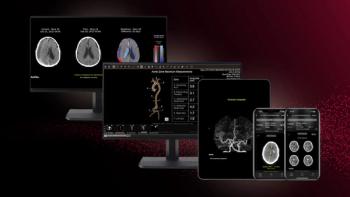
Featured Search - Sparing Radiation Exposure in Finding the Right CT Dose
A study from MD Anderson shows that, in assessing the appropriate CT dose, a lot of less may be more.
Top news from a Feb. 3 featured radiology search on SearchMedica:
Work by MD Anderson imaging experts shows that analyzing many different low-dose CT images of actual patients are as good as one higher-dose image to investigate the appropriate CT dose for diagnostic studies. The strategy could be "readily implemented at most institutions," they say.
Related Features from Diagnostic Imaging:
Dose reduction at one time played second fiddle to image quality, but today it enjoys top billing. New algorithms are coming into play in CT, radiography, and fluoroscopy to maintain image quality at traditional levels by processing out the noise that sneaks in during low-dose exams. In some cases, fear of radiation has gotten so bad that patients forego CT and other sources of ionizing radiation all together.
A Monday morning scientific session covering cardiac CT dose and noise broke down into newsworthy matched pairs: two studies examining the implication of CT radiation on public health, two investigating the impact of radiation reduction strategies on patient dose and image quality, and a third pair considering how noise reduction from iterative reconstruction affects the quality of images of highly calcified vessels and morbidly obese patients.
Newsletter
Stay at the forefront of radiology with the Diagnostic Imaging newsletter, delivering the latest news, clinical insights, and imaging advancements for today’s radiologists.



























